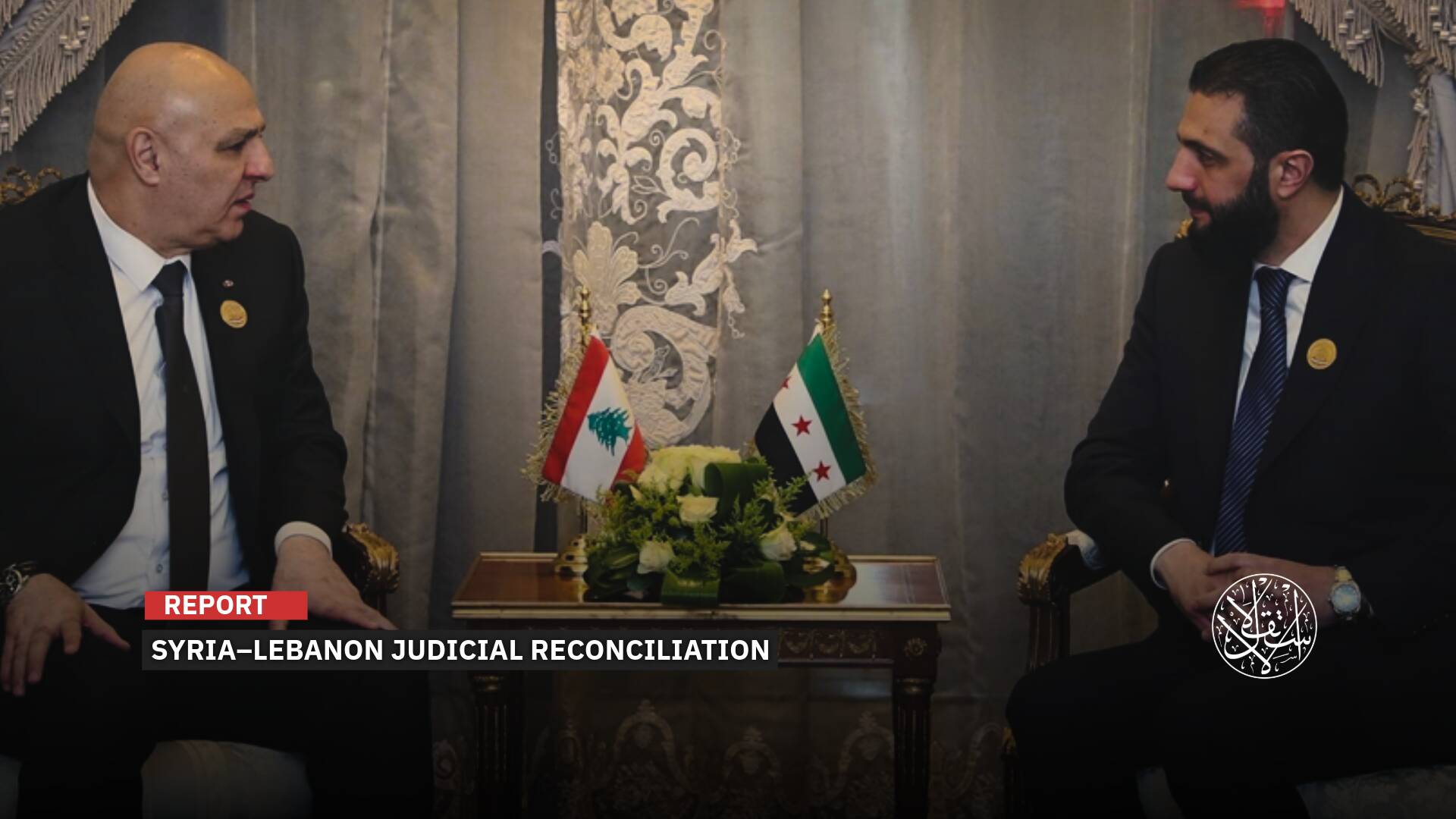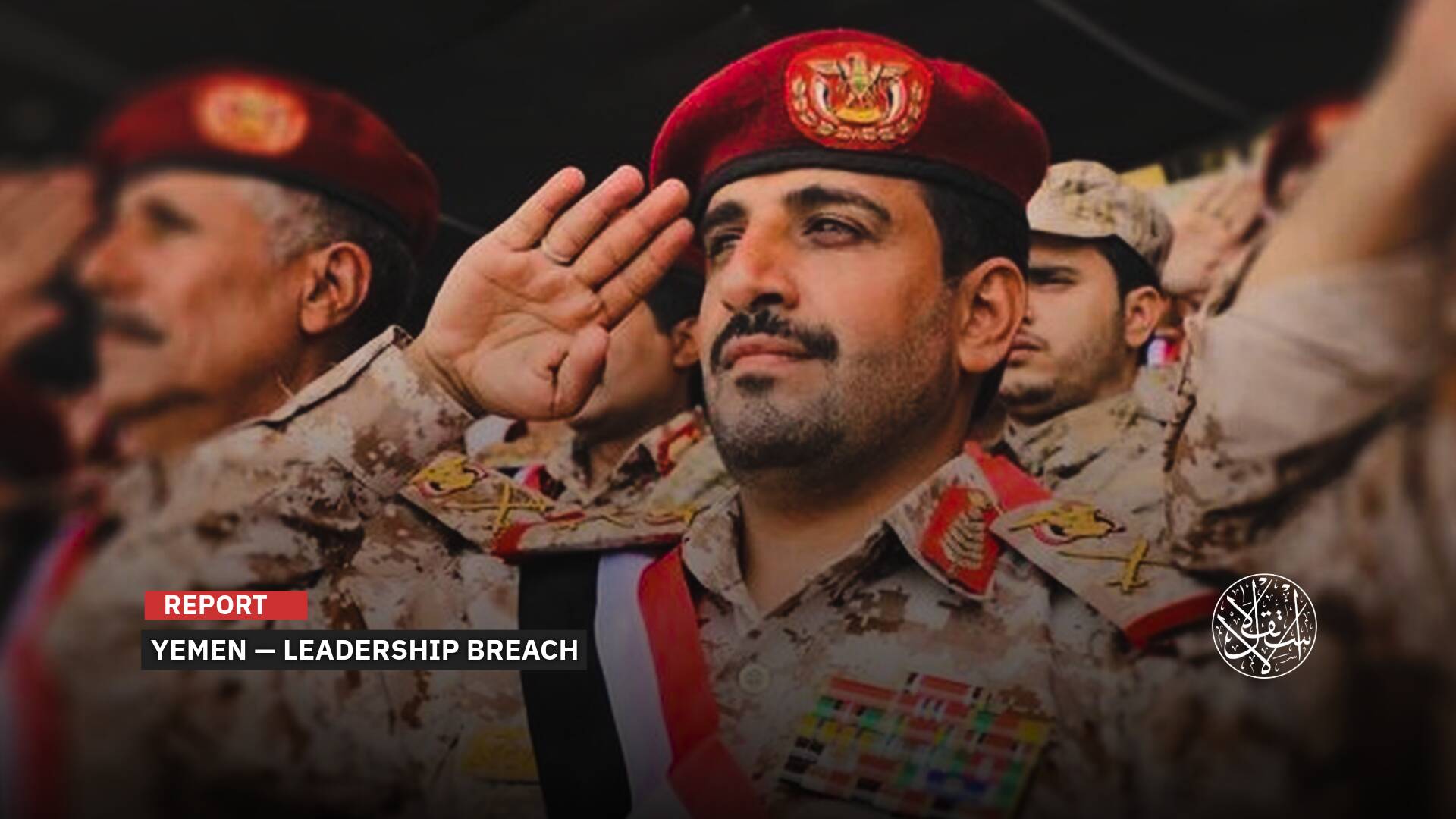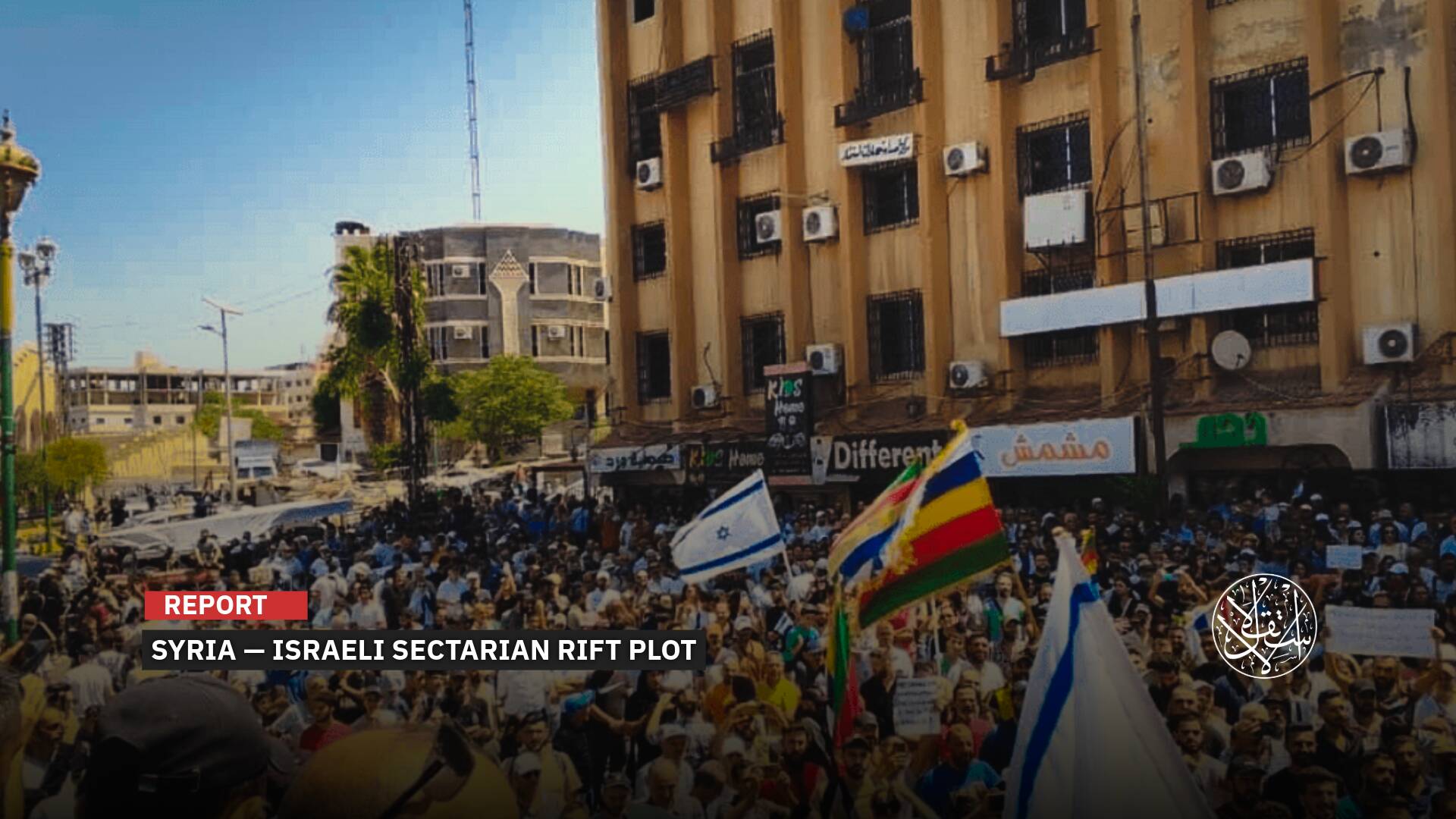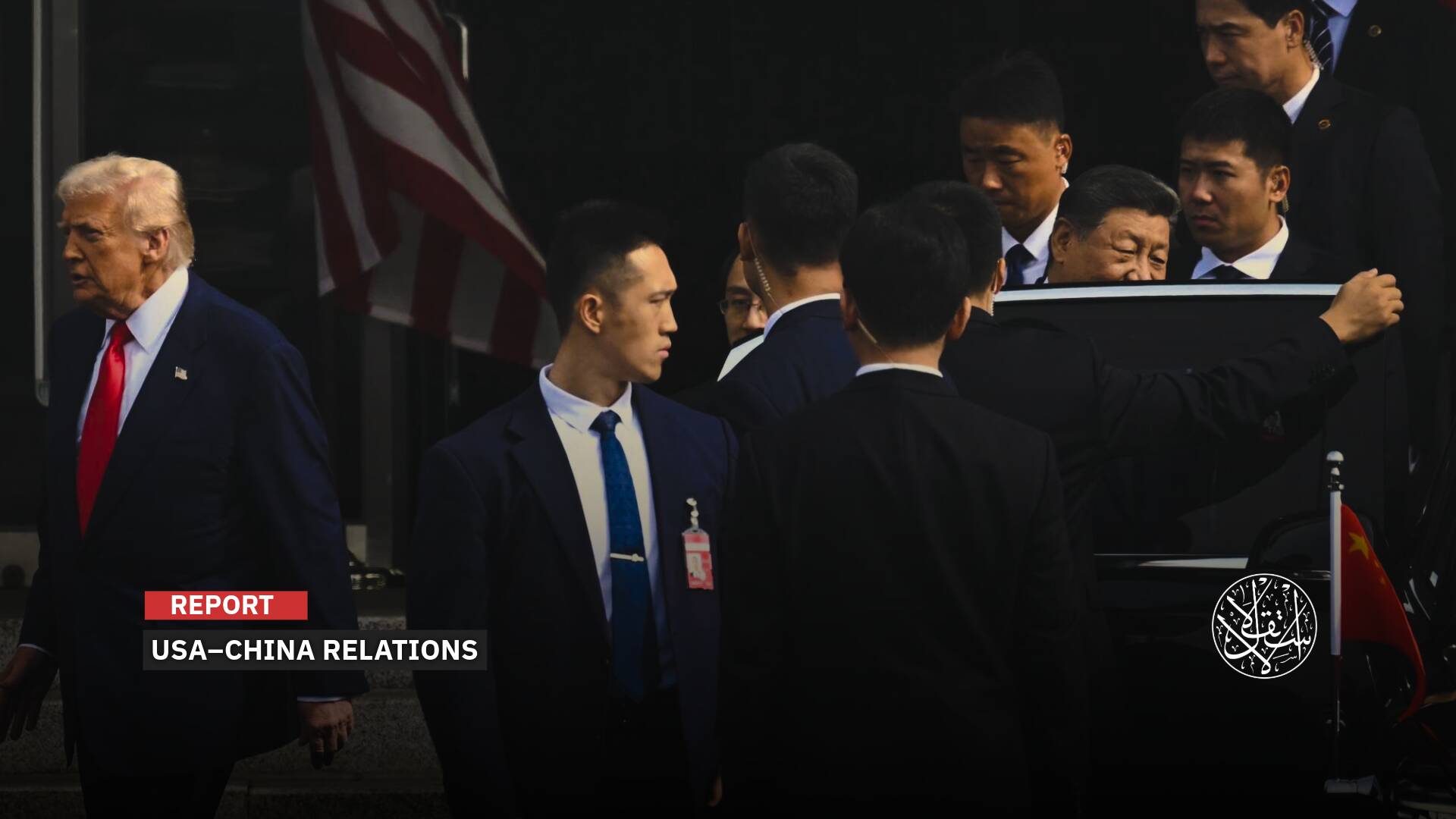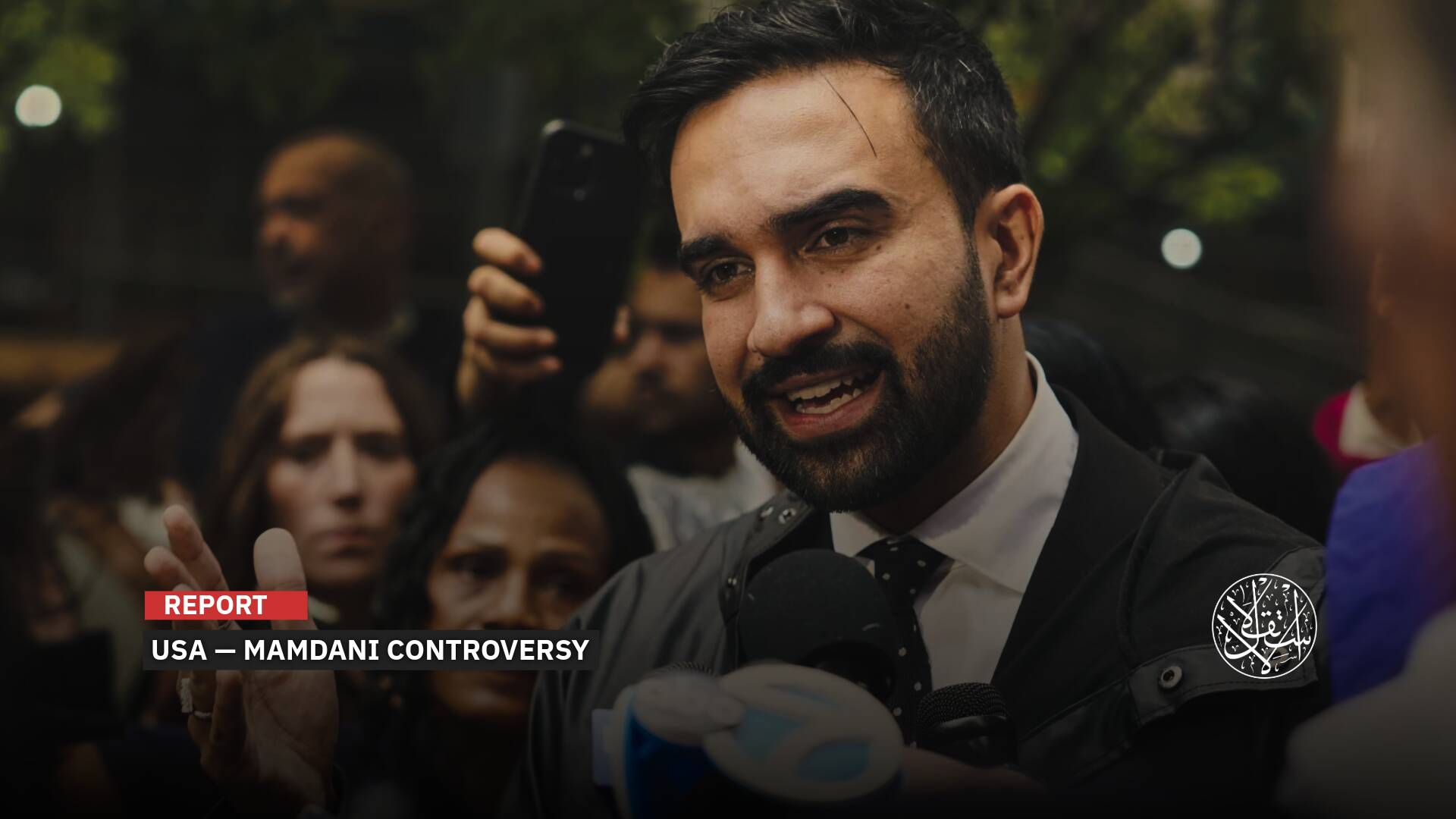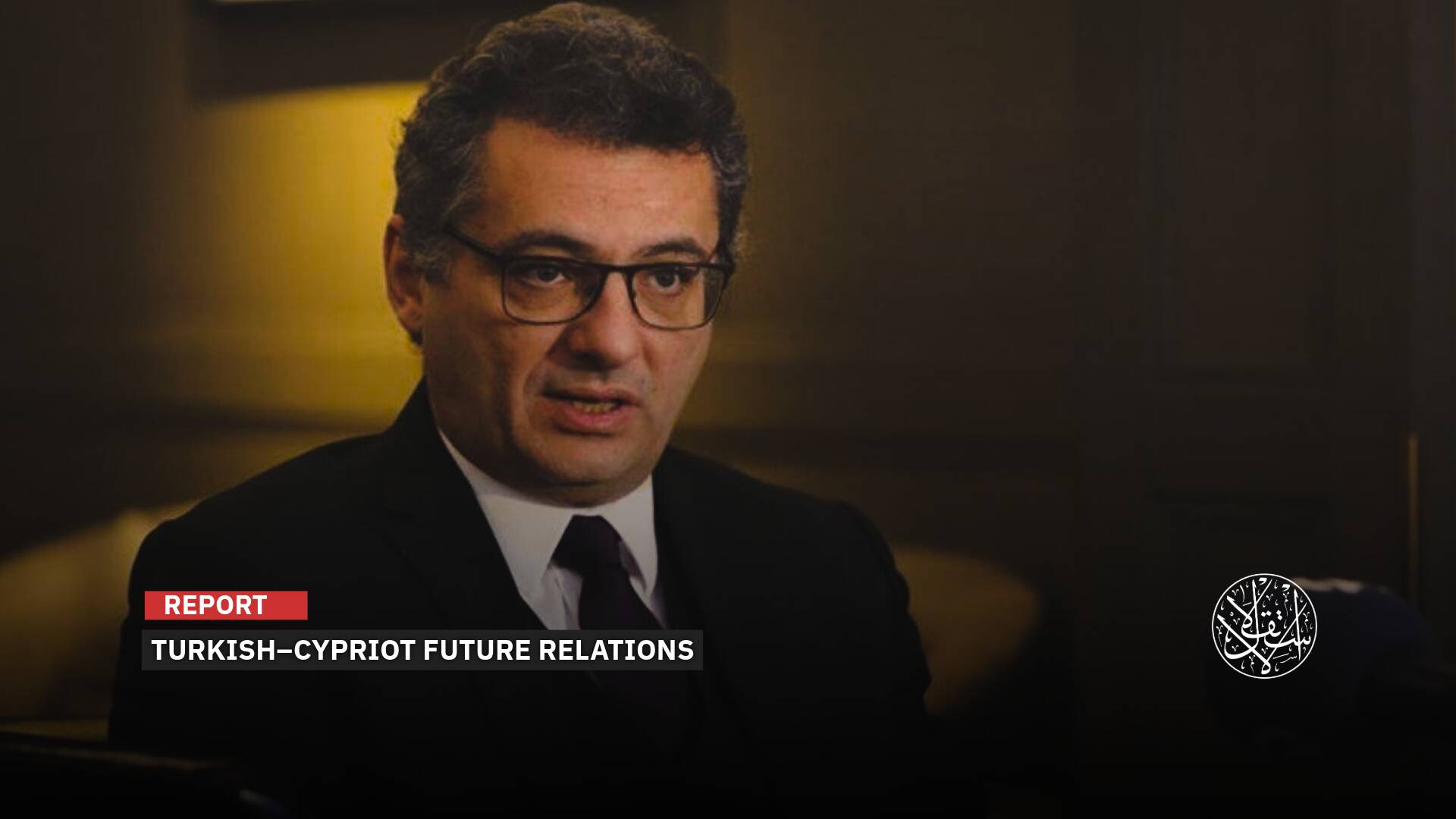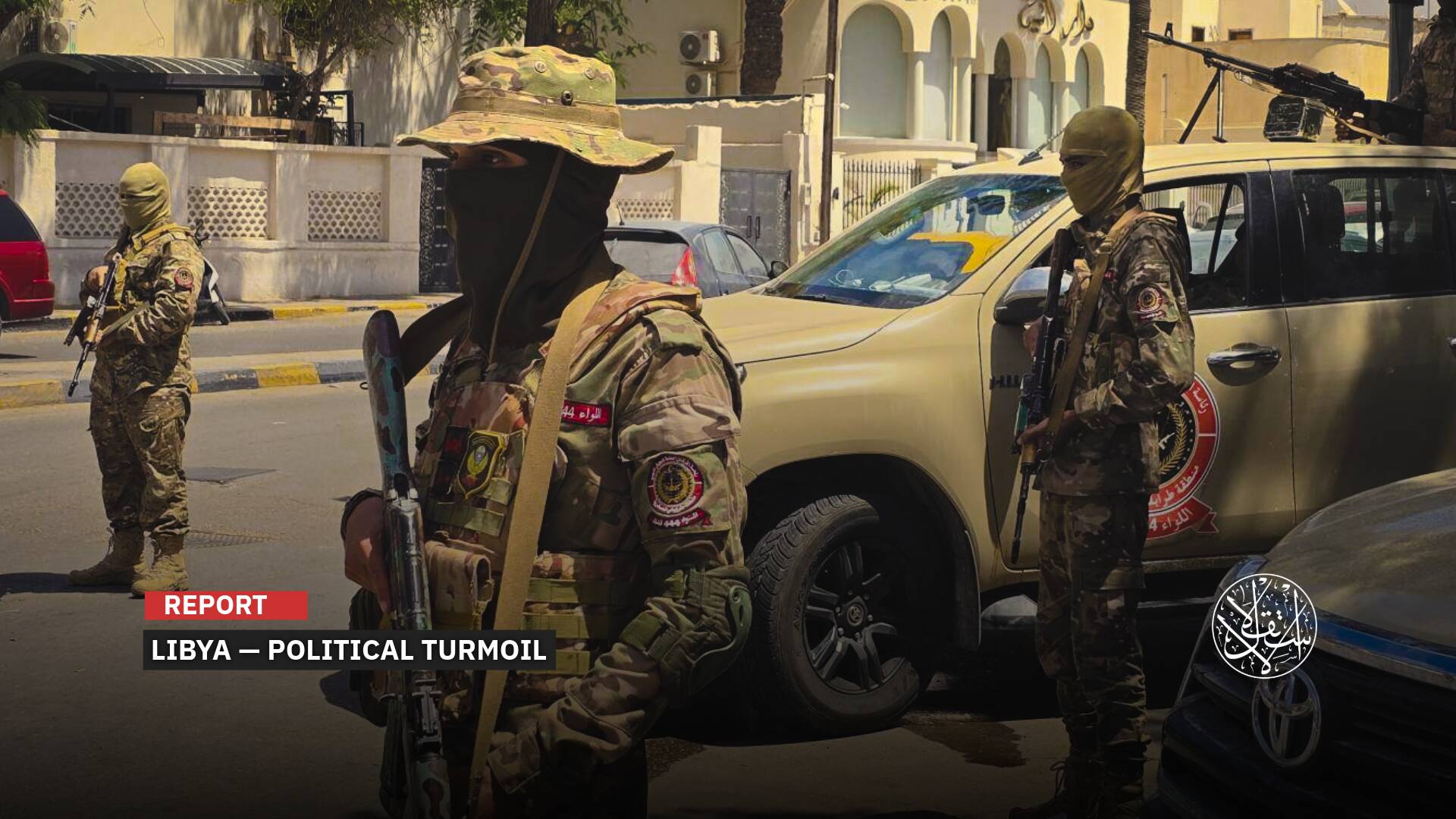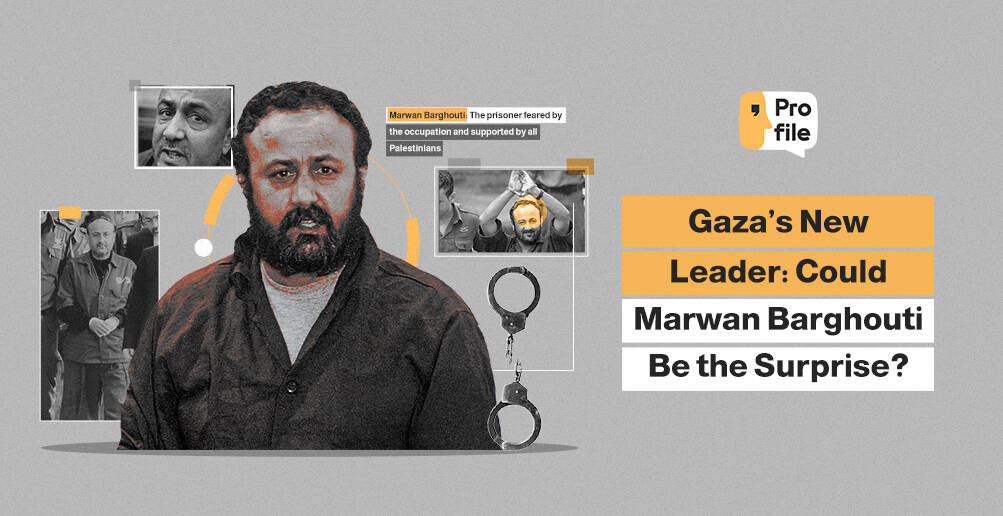How Did Iran Take Over Syria Economically?

Iran’s president, Ebrahim Raisi, arrived in Syria for his first official visit to the country, a longtime ally and a key battleground in the region’s power struggles.
The visit, the first by an Iranian leader in more than 12 years, came amid heightened tensions over the fate of Syria after a decade of civil war and international sanctions.
Iran has been a staunch supporter of President Bashar al-Assad, providing him with military and economic aid to help him survive the uprising against his rule.
Raisi and Assad signed 15 agreements covering areas such as trade, energy, agriculture, and health, according to the official Syrian Arab News Agency (SANA).
The Iranian president also attended a forum with Syrian businessmen in Damascus, where he said the two countries had “long-term strategic cooperation plans.”
The agreements were seen as a way to cement Iran’s influence over Syria and to counter the efforts of other regional and international players, such as Turkiye, Russia, and the United States, to shape the country’s future.
Iran has invested heavily in Syria’s security and stability, sending troops and militias to fight alongside Assad’s forces against rebel groups, some of which were backed by Western and Arab countries.
Iran has also sought to expand its economic and cultural presence in Syria, building schools, hospitals, and religious centers.
Economic Committees
Raisi’s visit was preceded by several meetings of the Syrian-Iranian Economic Committee, a joint body that oversees trade and investment projects between the two countries.
The committee, which met in late April in Damascus, formed eight specialized subcommittees to address various sectors, including banking, energy, transport, agriculture, and tourism, according to Syrian state media.
One of the main challenges facing the two countries is how to transfer funds directly and avoid the banking restrictions imposed by the U.S. and other Western countries as part of their efforts to curb Iran’s nuclear program and Syria’s human rights violations.
The two sides also discussed ways to increase electricity production in Syria, which suffers from frequent power cuts due to years of war and mismanagement. Iran has provided credit lines and technical assistance to help rebuild Syria’s power grid and oil industry.
Another topic of interest was the transport sector, especially the railway corridor that would link Iran to the Mediterranean Sea through Iraq and Syria. The project, which has been delayed by security and financial obstacles, would enhance Iran’s access to regional and international markets.
The two countries also agreed to boost their agricultural cooperation by allocating 5,000 hectares of land in Syria for Iranian cultivation and transferring Iranian expertise and technology.
Tourism was another area of potential collaboration, with a target of attracting 50,000 Iranian visitors to Syria per year, mainly for religious purposes. The visitors would be able to use their national currency in hotels and other facilities in Syria.
The oil file examines various topics, such as the export of petrochemicals and investment in various fields, and another file was the commercial and industrial affairs and the construction of industrial cities.

Fruit Picking Season
Iran is seeking to cash in on its investment in Syria’s war by securing lucrative contracts and resources for its companies as part of a series of agreements it has imposed on the beleaguered regime of Bashar al-Assad.
The deals reflect Iran’s attempt to recover its debts from Mr. Assad, who has relied on Tehran’s military and financial support to survive the 12-year-old Syrian uprising.
Iran’s annual spending in Syria is estimated by the United Nations at $6 billion, while a former Iranian lawmaker, Heshmatollah Falahatpisheh, said Tehran was owed $30 billion by Damascus after a recent visit by Iran’s president, Ebrahim Raisi.
As the fighting in Syria subsides, Iran has shifted its focus from propping up Mr. Assad to consolidating its sway over the country’s economic, social, and cultural spheres.
It has also encroached on sensitive sectors such as mining and energy, which it uses to finance its activities. Iran’s role in Syria amounts to a form of colonialism driven by its expansionist and sectarian agenda.
One of the ways Iran is exerting its dominance is by acquiring land in various Syrian provinces, either as payback for its debts or as part of its real estate investments.
It has also constructed housing units and projects that aim to change the demographic makeup of Syria and promote its religious interests. Iran’s land grab warrants close scrutiny of the routes of roads and land transportation, which could enable it to tighten its grip over the country.

Real Estate Market
Iran has a keen interest in the real estate development sector in Syria, not only for economic gains but also for strategic and security purposes, according to Ahmed Najah, a researcher on Iranian affairs.
Najah told Al-Estiklal that Tehran aims to create a demographic change in Syria by building a security wall around its loyalist areas, similar to what it did in southern Beirut, Lebanon.
He said that this was evident in several parts of Damascus and its suburbs, where Iran has acquired large tracts of land in exchange for its debts to the Syrian regime.
“The signs of establishing a demographic security wall appear in the vicinity and south of Damascus airport and in important parts of its Eastern Ghouta, and the areas of Sayyidah Zaynab, Mezzeh, and even the Old City of Damascus,” Najah said.
“This displeases Syrians, especially after official statements about Iran owning 5,000 hectares of land in Syria instead of debts.”
Assad used Raisi’s visit to send an “indirect” message to the Arab countries that have sought to normalize relations with his regime, saying that he would not make any more concessions “under the title of bowing to the storm.”
Najah said that this reflected the harmony between the two regimes and the failure of the Arab initiatives to persuade Damascus to distance itself from Tehran.
He also said that Raisi’s visit was linked to the new changes in the regional arena, including the Arab shift towards the Assad regime.
He added that Assad could use the Iranian card to bargain with the Arab countries that fear Iran’s presence in Syria and demand more political and economic benefits.
At the same time, he said, Assad could limit Iran’s influence in Syria within a framework that suits his regime.


